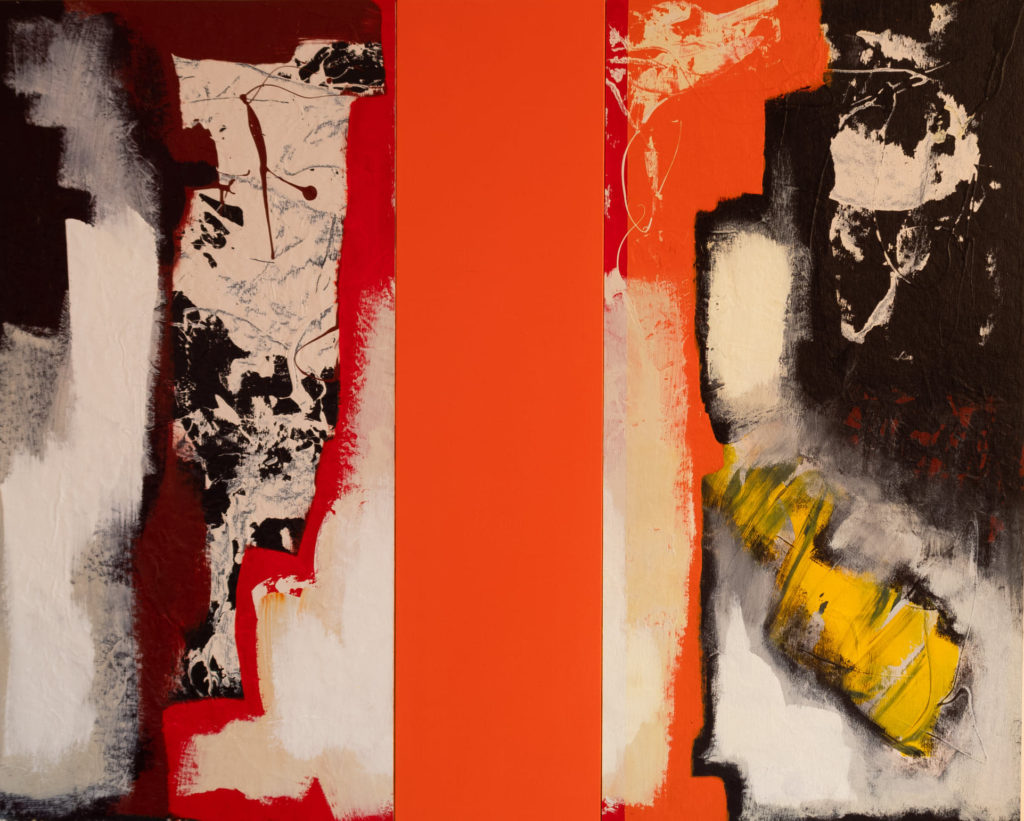
Myths are timeless stories that locate us in the world (or more accurately, in the cosmos or greater order of all things, what we might contemporarily call the universe).
Myths locate us not only geographically and temporally – each place and time has its myths – they locate us culturally in the broadest sense of the word: Myths tell us about our relationships to others, to our human and non-human relatives, living and dead; myths inform us of our place in the world, perhaps even bestow it.
Every culture lives and has lived by their myths. These myths are either explicit or implicit. They are told with intention to illuminate or intention to obfuscate, or a bit of both. Joseph Campbell famously stated “Myth is what we call other people’s religion.”
Myth is inescapable, even in a contemporary society where god has been proclaimed dead. The only alternative to living consciously through myth is living unconsciously through myth.
I titled this piece “Do you want to hear a story.” Note that there is no question here. The chosen punctuation is a period. You WILL hear a story. We are living through our myths whether we recognize them or not. This particular piece contains mythological shadows, hinting at ancestral connections and journeys – heroic and otherwise – without an explicit narrative being revealed. It is up to the viewer to receive the story. I recommend meeting it on its own terms, letting it do its work on the psyche without too much interference or interpretive action. Let the images, textures, colour, shape sink in. The stories we receive in our culture tell us mercilessly what to do, what to believe, how to behave. Let the story in this work be different. Let it remind you of something you already know. Let the story be changeable. Consider that its opposites, in some circumstances, might also be true.
